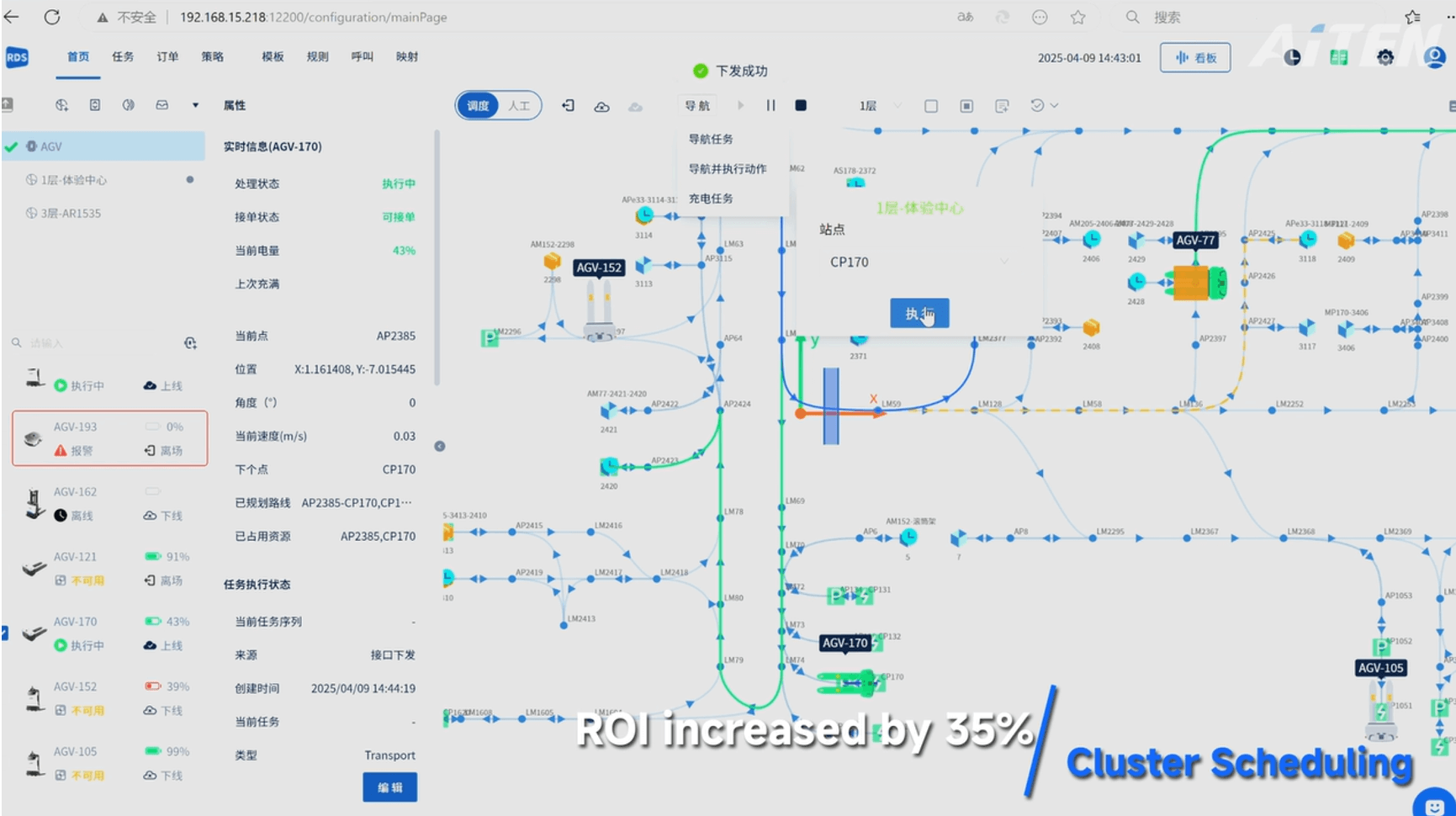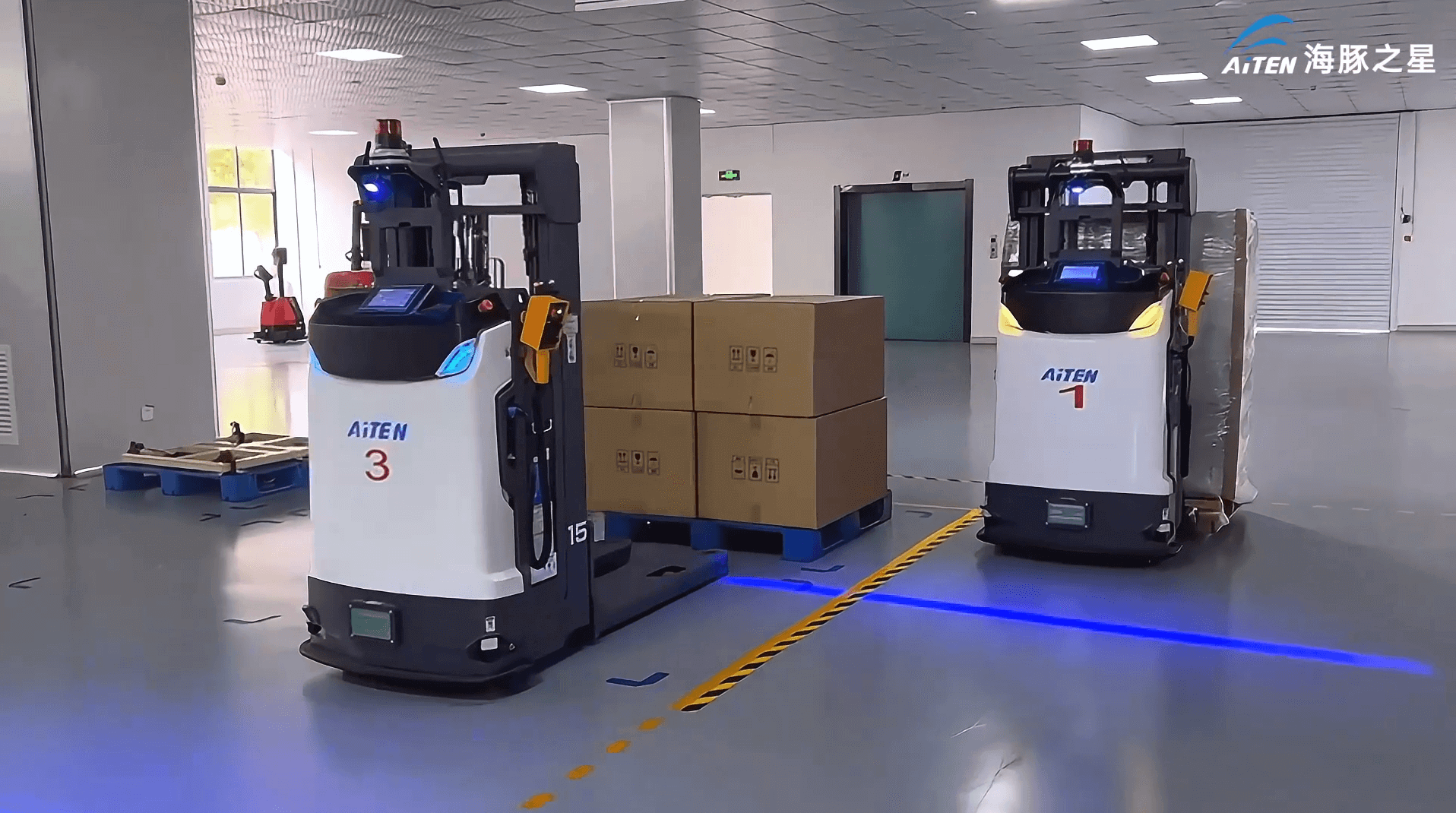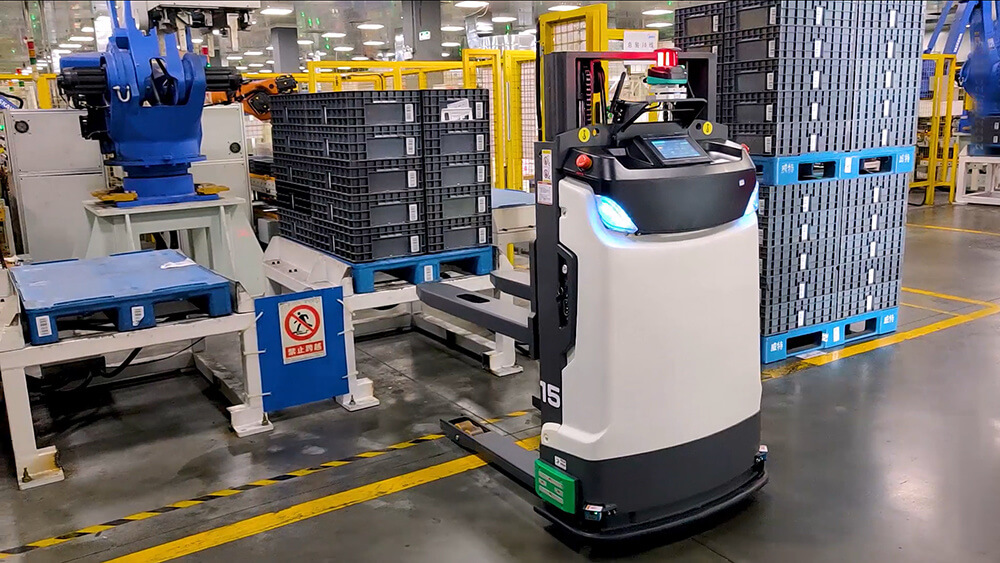How to Integrate Automated Fork Trucks in Your Warehouse Operations

Automated guided vehicles (AGVs), serving as core equipment in intelligent warehousing, have become the preferred choice for an increasing number of enterprises seeking to reduce costs and enhance efficiency, owing to their advantages of high efficiency, precision, and safety.
However, integrating AGVs into warehouses is not merely a matter of deploying equipment; it constitutes a multi-dimensional systems engineering project involving site planning, system integration, and process re-engineering. This article will provide a detailed breakdown of the entire process for integrating AGVs into warehouses, helping enterprises swiftly implement automation solutions and seize the high ground in logistics efficiency.
1. Assess Your Current Warehouse Operations
Before introducing unmanned forklifts, it is essential to first assess the compatibility of the existing warehouse infrastructure.
Before deploying automated forklift trucks, conduct a detailed operational assessment:
- Identify repetitive transport tasks
- Analyse peak workload periods
- Map material flow paths
- Check aisle width, rack structure, and floor conditions
- Evaluate existing equipment and IT systems
A thorough assessment ensures that automation aligns with operational realities and delivers measurable improvements.
2. Define Clear Automation Goals
Before discussing integration solutions, enterprises must first clarify the core value of unmanned forklifts to ensure investments precisely align with requirements. Through technologies such as laser navigation, visual recognition, and the Internet of Things, these vehicles achieve operations including loading, unloading, transporting, and stacking without human intervention.
Successful automation starts with clear, measurable objectives. Common goals include:
- Reducing labour dependency
- Increasing throughput
- Improving accuracy and safety
- Enhancing 24/7 operation capability
- Reducing forklift-related accidents
Clarifying goals helps select the right automated forklift truck models and functions.
3. Choose the Right Automated Forklift Truck
Not all automated forklift trucks are the same. Consider:
- Load capacity (1.5T, 2T, 3T, etc.)
- Navigation method (laser SLAM, natural navigation, QR code, magnetic tape)
- Fork height requirements (ground-level transport vs racking pickup)
- Pallet type (open, closed, Euro, CHEP)
- Travel distance & speed requirements
Selecting the right model ensures stable performance and compatibility with your layout.

4. Optimise Warehouse Layout for Automation
Before deployment, make necessary layout adjustments:
- Ensure consistent aisle widths
- Remove unnecessary obstacles
- Standardise pallet placements
- Mark designated pick/drop locations
- Improve lighting or environment if needed
A robot-friendly layout significantly improves efficiency and reduces disruptions.
Concurrently, dedicated equipment charging zones shall be designated (equipped with smart charging points supporting automated charging) to ensure unmanned forklifts can independently complete recharging, enabling 24-hour continuous operation. Additionally, warning lights and voice prompt devices must be installed at warehouse entrances, passageway corners and similar locations to alert personnel to give way.
5. Integrate with WMS, ERP, or MES
Deploy unmanned forklift hardware, comprising the vehicles themselves and their associated charging infrastructure. Concurrently install a centralised control and dispatch system (such as AiTEN Robotics' RCS), which will manage task allocation, path planning, and traffic management.

Integrate the unmanned forklift system with the existing warehouse management system (WMS). This step ensures real-time synchronisation of logistics information flows, forming the cornerstone for automated inbound and outbound management.
- WMS assigns tasks based on inventory logic
- MES triggers material supply based on production progress
- ERP ensures transparent tracking and cost control
Good system integration enables fully automated workflows instead of isolated robotic tasks.
During the integration process, the IT department and equipment suppliers must conduct joint testing to ensure data transmission latency does not exceed one second, thereby preventing operational disruptions caused by data delays.
6. Plan Deployment in Phases
Avoid implementing everything at once. A phased approach works best:
- Pilot phase: small-scale fleet, limited tasks
- Optimisation phase: adjust routes, process rules, and system parameters
- Scaling phase: expand to more areas and add more AGVs
This approach reduces risk and ensures smoother adoption.
7. Train Your Staff
Human involvement remains essential for successful automation. Ensure that operators, IT personnel, and supervisors understand.
Train operators and maintenance personnel to master the fundamental operation, monitoring and routine maintenance skills of the unmanned forklift system.
Concurrently, establish standard operating procedures and emergency response protocols to ensure personnel can respond appropriately in abnormal situations.
- Basic robot safety
- Task assignment rules
- Emergency handling
- System dashboard operations
Well-trained staff can prevent downtime and improve operational continuity.
8. Monitor Performance and Continuously Improve
After deployment:
- Track KPIs (delivery accuracy, uptime, response time)
- Adjust routes or stations when workflow changes
- Perform preventive maintenance
- Update software and navigation maps
Continuous improvement strengthens long-term automation results.
Conclusion
The integration of unmanned forklifts into warehouses represents not merely a simple equipment upgrade, but rather an upgrade and restructuring of the warehousing and logistics model.
Integrating automated forklift trucks into your warehouse operations enhances efficiency, safety, and scalability. By evaluating your operations, choosing the right equipment, integrating systems, and adopting a phased rollout, your business can successfully transform material handling into a smarter, more efficient process.
About AiTEN Robotics
As a company specialising in intelligent logistics solutions, AiTEN Robotics has consistently focused on the ‘smart factory’ scenario, deeply integrating technological innovation with industry needs. It has provided comprehensive services to over 200 manufacturing clients worldwide: Leveraging a full range of material handling robot product portfolios to cover diverse material handling scenarios, we have developed an industry-grade intelligent scheduling system to enable efficient collaboration among multiple devices. Through a comprehensive lifecycle service system spanning pre-sales planning, deployment and implementation to operations optimization, we empower enterprises to achieve logistics intelligence transformation, continuously driving the digital upgrading and high-quality development of the manufacturing industry.
Is your warehouse prepared to embrace this efficiency revolution? Contact us immediately to secure expert consultation on AGV intelligent warehousing solutions!









_%E7%94%BB%E6%9D%BF%201.avif)

